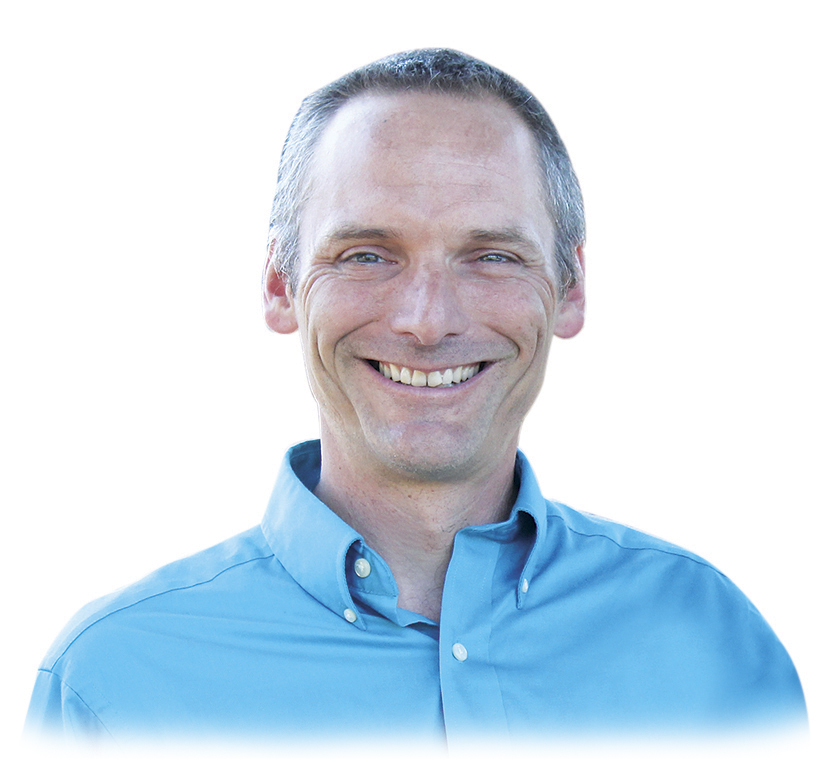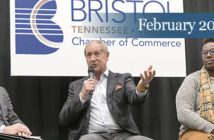By Jeff Keeling
I have a young friend who started the 10th grade early this month. I ran into him, and his younger brother who was starting 9th grade, their first morning of school and wound up taking them to lunch that day. Sandwiched around the sandwiches and boneless wings were trips to an out-of-the-way street in a poorer part of Johnson City lined with tiny houses.
The boys, along with another brother and a sister, split time between there and a small apartment in another part of town. They’re like many area students who lack the culture of post-secondary education and the family means to set them up for a lifetime of occupational success. They are at-risk youth, plain and simple. Whether, 15 years from now, they are contributing to or taking from the tax base will depend on many things. One of the most important is how effectively our education and workforce development infrastructure provides them with both the tools for career success, and the hope and belief in their abilities to succeed.
My young friend and his brother have the school system, mentoring programs and various other supports designed to help them achieve. What they don’t have – yet – is an opportunity like that provided to Brooklynite Radcliffe Saddler and reported in the July 18 issue of The Economist. In an article headlined “Business high school,” the magazine reported on Saddler’s experience at a “P-Tech” high school in Brooklyn’s Crown Heights neighborhood. Short for Pathways in Technology Early College High School, P-Tech opened four years ago and was developed by IBM.
The corporation partners with the city and City University of New York with one aim being, The Economist reported, “to shake up education and change what vocational education means.” The program is six years – though some students are finishing in four – and students walk out with an associate’s degree at no cost. P-Tech serves mostly poor students. Most are the first in their families to attend college. “It has an open admissions policy and operates within the existing school district budget.”
Young Mr. Saddler graduated in four years, at 18. He had the opportunity for paid internships during the experience, and now he’s started a $50,000 a year job with IBM, using his programming and technical skills to analyze market trends. The P-Tech model is growing fast and expected to be in 100 schools in multiple states by next year. Other companies, from huge to small, are adopting similar models, the magazine reported, as are groups of advanced manufacturing firms and even hospitals. It all appears to be good for at-risk youngsters, for companies badly in need of a sufficient stable of good employees now and into the future, and for society at large.
It is easy to see the greater Tri-Cities as a semi-idyllic beauty spot free of the urban ills that mar neighborhoods like young Radcliffe Saddler’s – easy and wrong. To do so is to set ourselves up for a level of self-satisfaction with the progress we’ve made toward better workforce development, innovative K-12 programming and related efforts.
Those efforts are laudable, for sure. From the great work the Niswonger Foundation has done and continues to do great work on a variety of fronts related to distance learning, dual enrollment and much more. Eastman’s partnerships with schools throughout the region are among many examples of pushing STEM education into our communities. Endeavors such as Girls of Code, and Eastman’s recent “Red Chair” event encouraging an increased number of women in information technology career all point in the right direction for our region’s future economic competitiveness and quality of life.
But as our school system leaders well know, local communities contain their own particularly Southern Appalachian cultures of both urban and rural poverty. Each culture carries its own particular challenges with respect to the future success of children growing up within it. We must keep pressing forward with innovative efforts – including some that shake up the status quo in significant ways – in order to provide motivation and hope for young people and a strong workforce for the decades to come.
The most inspiring element of The Economist article came at the end. It said much about the near-universal human desire to learn and to apply that learning in productive ways, a desire that often gets buried beneath the stresses that poverty heaps upon people. Radcliffe Saddler has visited the White House, met the president and makes more than most 30-year-olds at 18, but told the reporter his most thrilling experience was taking his first community college course at the age of 15.
Our region is full of potential Radcliffe Saddlers. I encourage our leaders in business and education to keep reaching out to them with ever-better opportunities.




